Sandstone Ranch: Douglas County’s Newest Open Space
Across the Front Range of Colorado (and the world writ large), ecosystems and the services they provide are giving way to subdivisions and housing developments. Pasturelands—which were native prairies not so long ago—are commonly converted into private subdivisions to accommodate a growing number of residents. In Douglas County, however, the newly acquired 2,038-acre Sandstone Ranch Open Space will protect in perpetuity an aesthetic landscape that was slated for luxury housing.
Emerging from the evergreen slopes of the Rampart Range, mottled hillsides of Gambel oak savanna give way to lush green meadows surrounding West Plum Creek. To the old pioneers who migrated westward by way of the Homestead Act, the precariously balanced sandstone spires conjured images of unevenly stacked bales of hay. Following a hundred-and-some years of ranching, Sandstone Ranch retains evidence of a significant cultural history. But what makes Sandstone Ranch the new crown jewel of Douglas County Open Spaces is its natural aesthetics and the diversity of organisms living on the property.
What does a floristic inventory provide?
At the Kathryn Kalmbach Herbarium, we focus on documenting the floristic biodiversity of the Southern Rocky Mountain Region. In keeping with the Gardens’ mission of connecting people with plants, our floristic team is working in collaboration with Douglas County Open Space to (1) capture a “snapshot” of the floristic richness (a list of the plant species present) at Sandstone Ranch, (2) deposit voucher specimens of each and every plant species observed in Sandstone Ranch into the herbarium—which may be accessed and used freely by the global community—and (3) provide land managers, stakeholders and citizens with a better understanding of the biological community within the Ranch.
While Sandstone Ranch is at this time closed to the public, a master plan is currently in the works and is expected to balance ecological conservation with public access. The work we are conducting at Sandstone Ranch will be used to inform management strategies that protect sensitive species from anthropogenic disturbances, while also providing a resource for the public to connect and interact with the flora of Colorado.
Plants Stories from the Ranch
- Viola selkirkii (Selkirk’s violet): Once thought to have simply died out in Colorado, this violet is considered critically imperiled within the state. Yet within the appropriate habitat (cold mountain forests) it is widely distributed throughout the Northern Hemisphere. Only two other occurrences are currently recorded within the state; one from Rocky Mountain National Park, and the other a few miles north of Sandstone Ranch near Devil’s Head. The distribution of this species may be best described by the Arcto-Tertiary Geoflora hypothesis.
- Bromus inermis (smooth brome): As a native to Eurasia, B. inermis is a common forage crop that has aggressively escaped cultivation. If this grass is not properly managed, it outcompetes and displaces desirable native species. In Sandstone Ranch, smooth brome carpets the low valleys and meadows which would have historically been dominated by the now uncommon little bluestem (Schizachyrium scoparium) and blue grama (Bouteloua gracilis).
- Corallorhiza wisteriana (spring coralroot): This orchid species is an eastern relict whose distribution is largely relegated to regions south of Pleistocene glaciation areas. Instead of performing photosynthesis, this red stemmed orchid parasitizes mycorrhizal fungi from which it steals energy and nutrients (myco-heterotroph). This orchid and the Selkirk’s violet are indicator species for mesic-montane habitats which have high ecological value.
This blog post was written by Richard A. Hum, M.S., Botany Field Assistant.
Sandstone Ranch Gallery
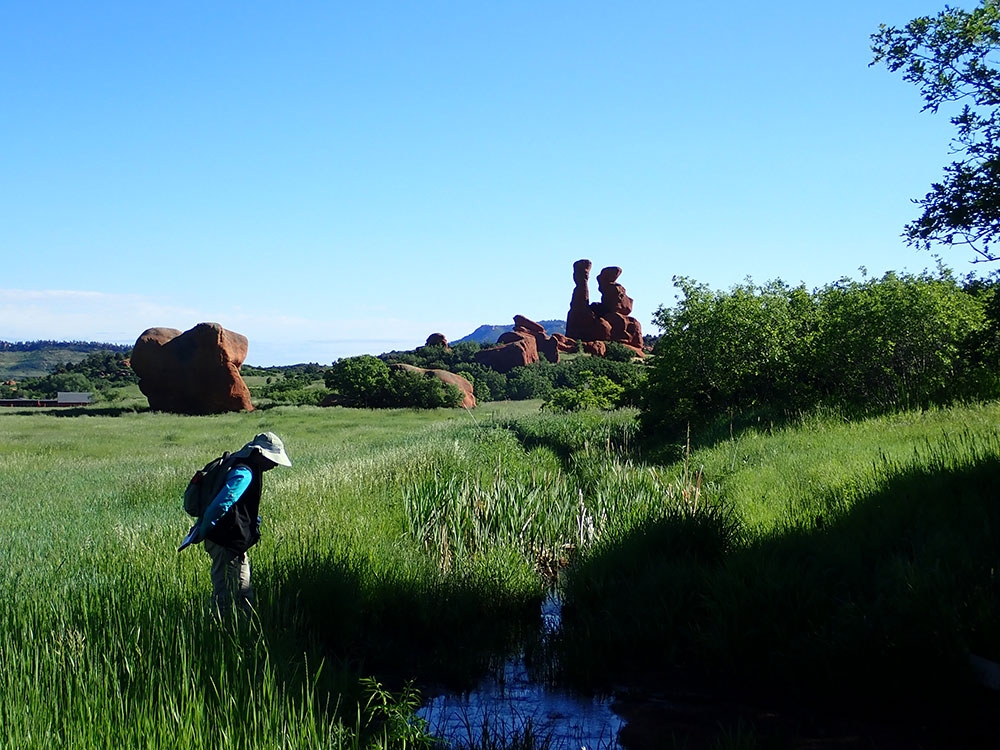
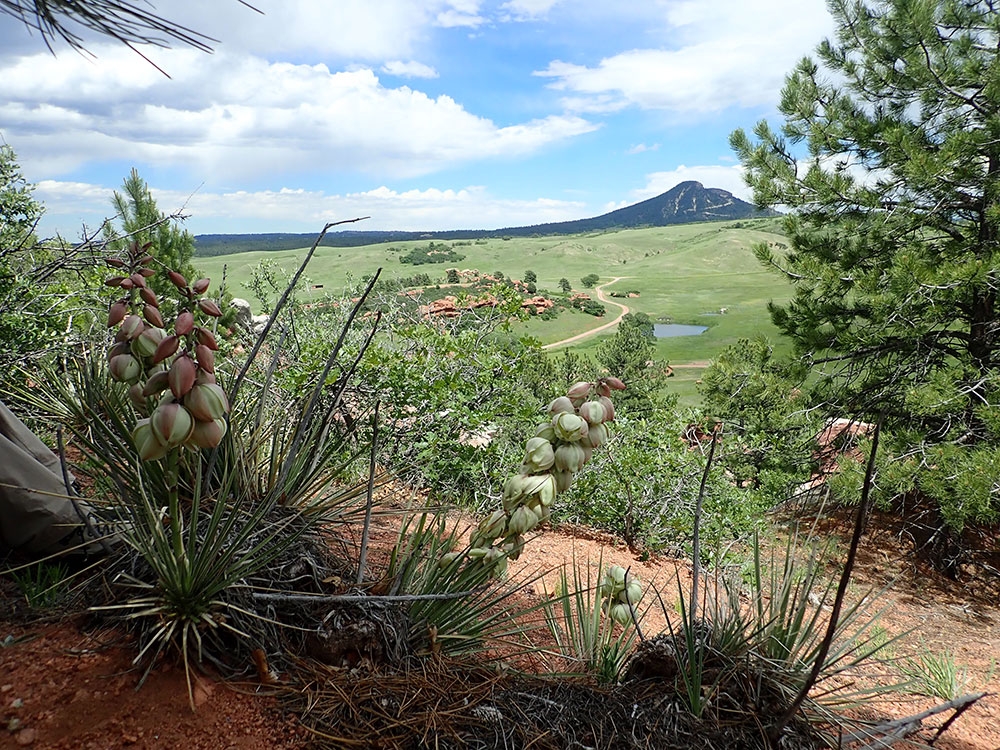
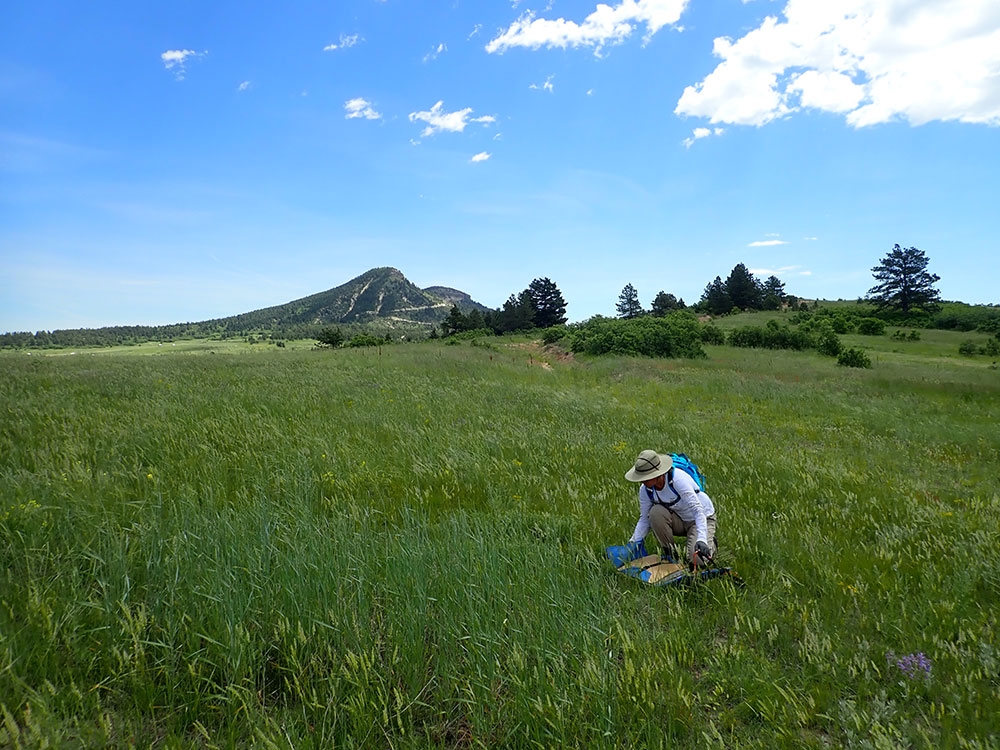
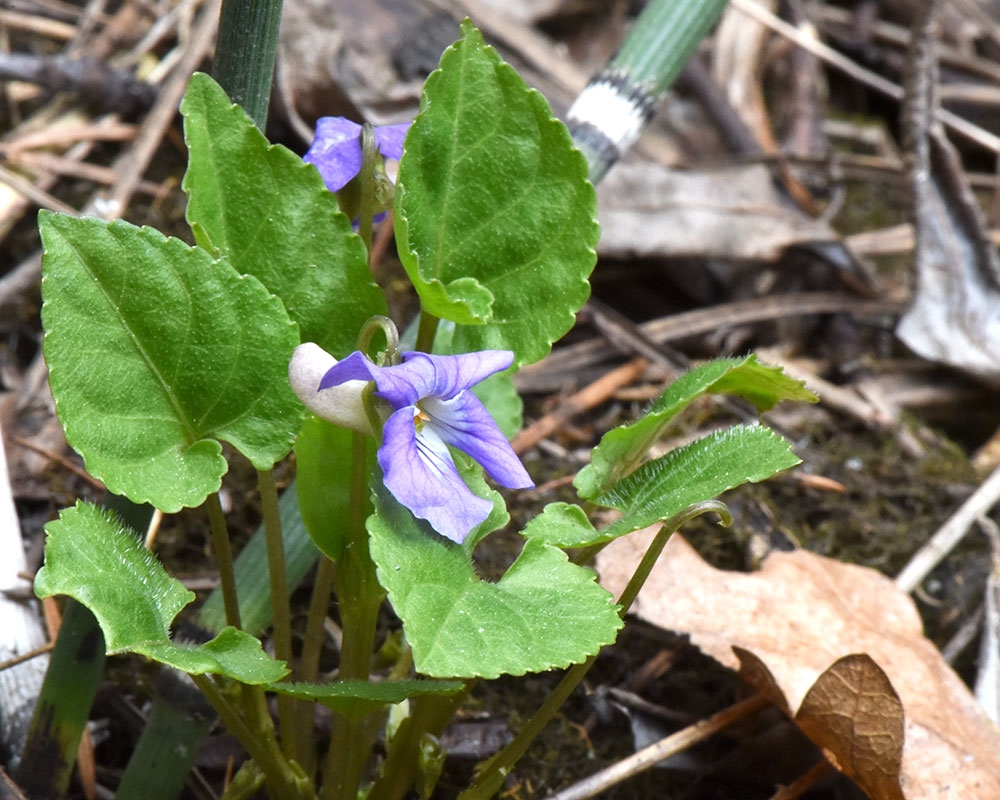
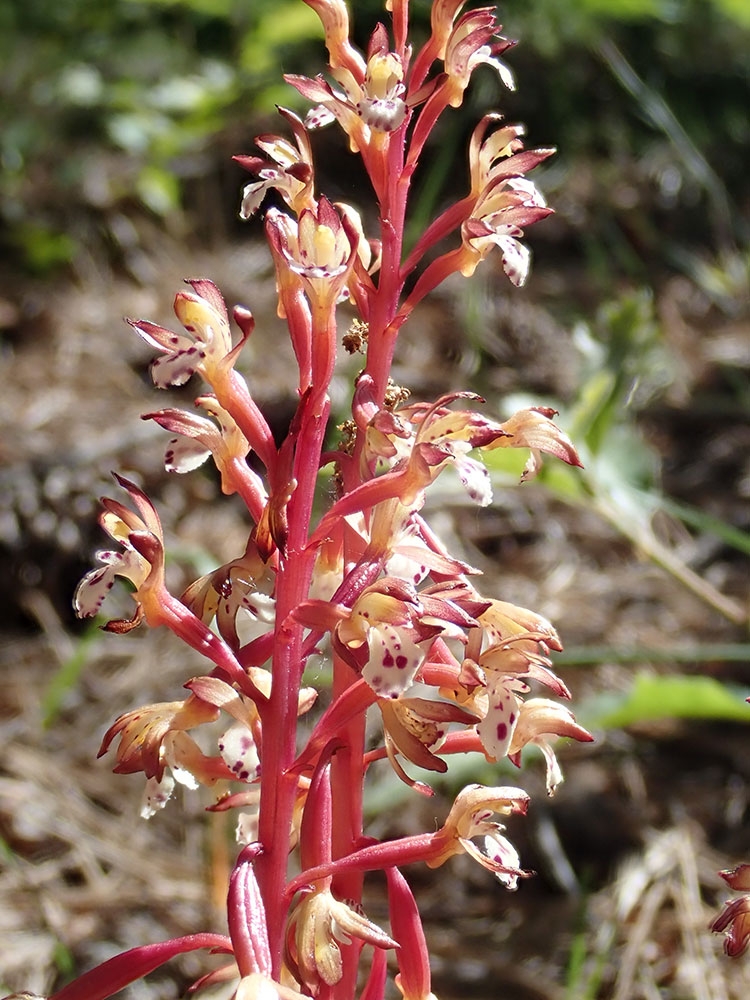
Add new comment